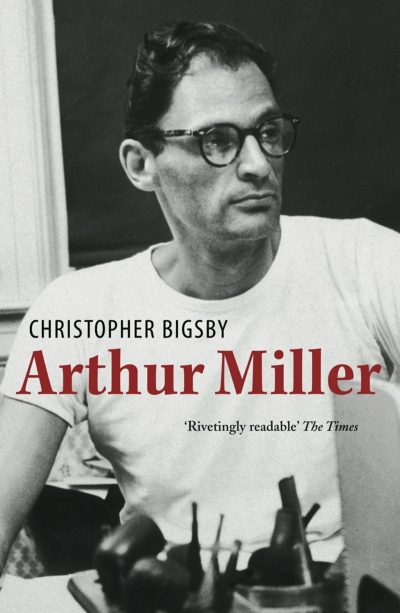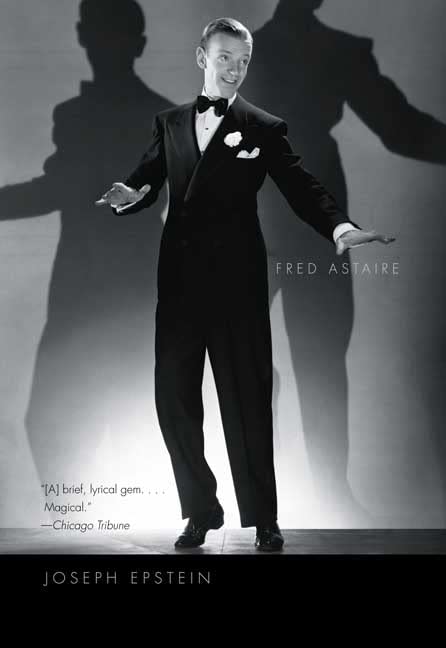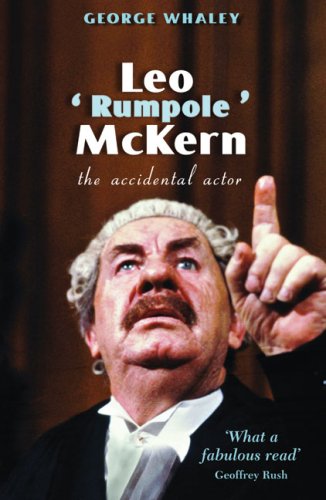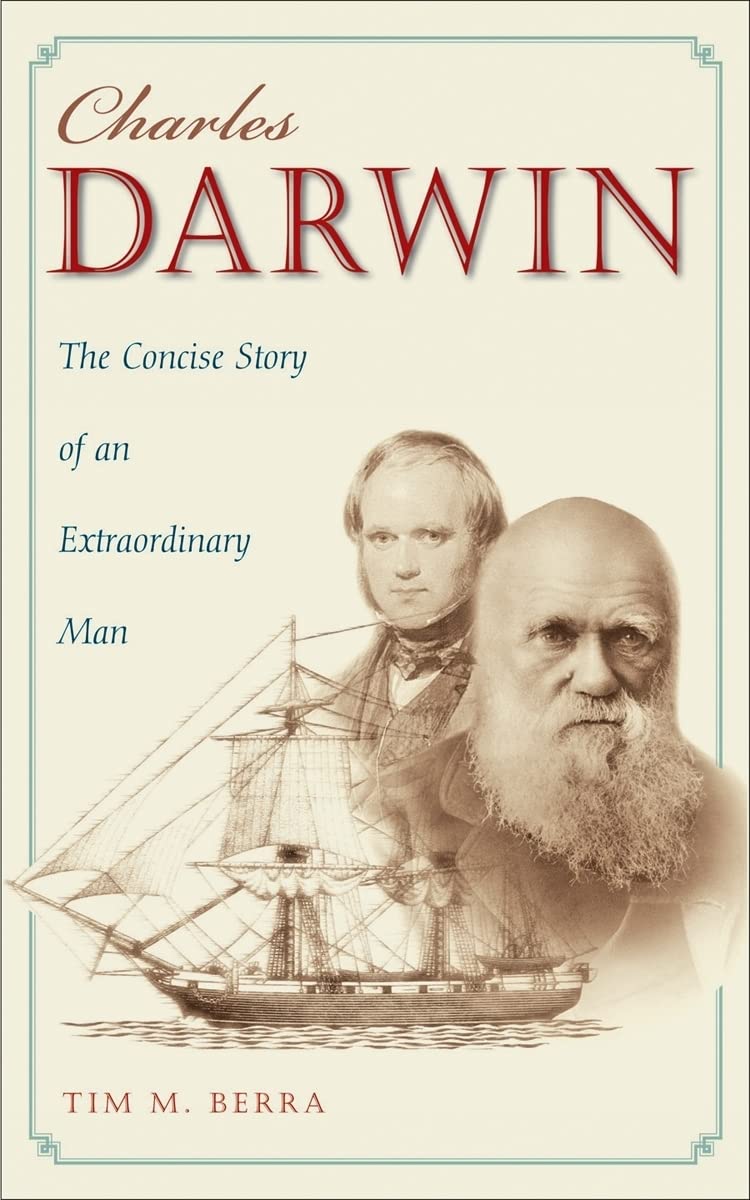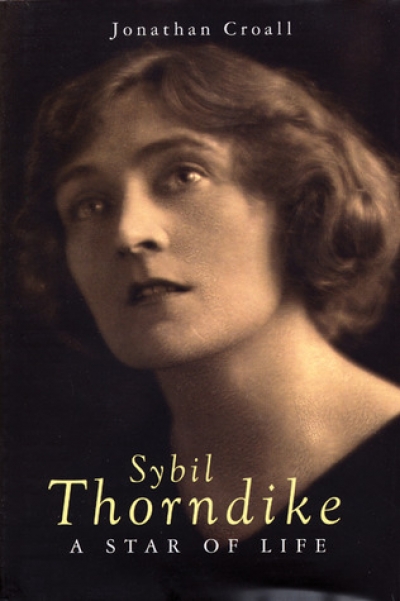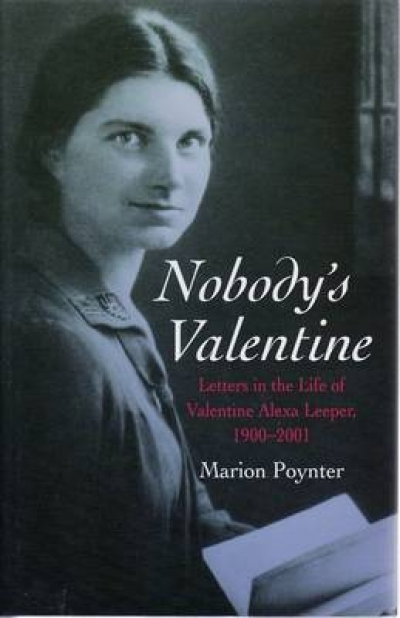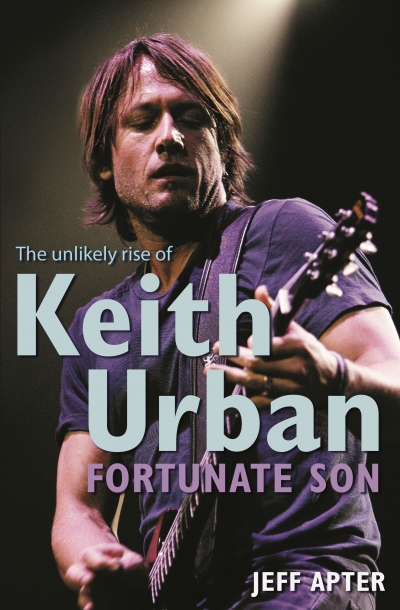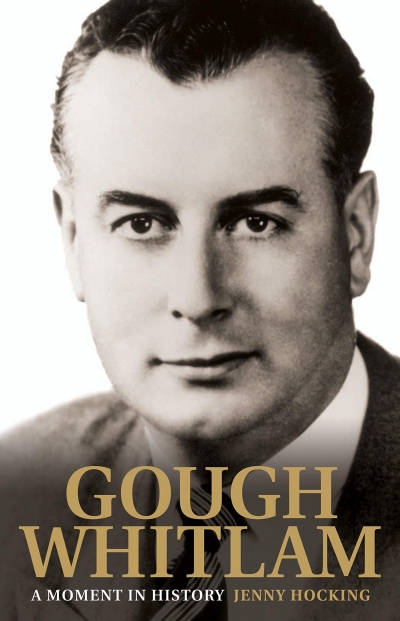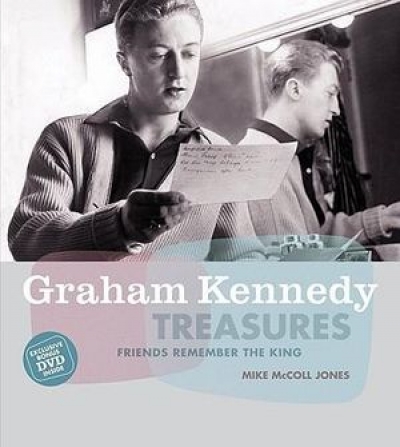Biography
If you felt there was a touch of hubris in Baz Luhrmann’s naming his movie Australia, you may think the opening sentence of Christopher Bigsby’s biography of Arthur Miller even more startling in its pretensions: ‘This is the story of a writer, but it is also the story of America.’ Not, observe, ‘a story’, but ‘the story’. This grandiose proposition helps to account for nearly 700 dense, uncompromising pages – and they only take in the first half of Miller’s long life (1915–2005).
... (read more)When my husband died a while back, I was left with my memories and a house full of books. Harold was so ill, and for so long, that what I felt in those first few days after his death was a dulled feeling, ‘It’s over’. Not relief, certainly not joy, not even sorrow, but a blank sense of inevitability: ‘All over’: the end to the terrible struggle of the past few years, the harder struggle of the last few months, and the merciful oblivion of the last few days.
My husband had so many books, so lovingly collected. On various scraps of paper, inscribed at different times and places, he left contradictory instructions about what was to happen to his books when he died. Until I work out what to do, I have become caretaker of the books.
... (read more)One morning in late June 2008 I was seated at the breakfast table in Oriel College, Oxford, with a small group of delegates at a conference devoted to Frederick Austerlitz, when a man approached, with a bulging briefcase slung from his shoulder, and asked if he might sit down. It emerged that he had walked from Oxford Railway Station (no mean trek) in order to get to the college in time for the conference’s first session, which he was hoping to attend. Directed to one of the conference organisers, he repeated his tale, was informed he’d be welcome, and was then asked his name. ‘Carmichael,’ he said casually. ‘Hoagy Carmichael ... Junior.’
... (read more)Leo ‘Rumpole’ McKern: The accidental actor by George Whaley
To become associated, even identified, with a role or a certain kind of role may ward off the financial uncertainties of an actor’s career, but it undoubtedly also brings its limitations. Remember how ineffably lady-like Greer Garson appeared in her MGM heyday: I recall watching her narrow her eyes in Mrs Miniver and thinking that she could play Lady Macbeth if someone gave her the chance. No one ever did. Leo McKern wasn’t quite so effectively imprisoned by his ‘Rumpole’ persona, but it is at least on the cards that he will be remembered with such tenacity for nothing else.
... (read more)Charles Darwin by Tim M. Berra & Darwin’s Armada by lain McCalman
‘Read monkeys for pre-existence’ wrote the twenty-nine-year-old Darwin in one of his notebooks, pondering Plato’s assertion that our ‘imaginary ideas’ derive from the pre-existence of the soul. Two years earlier, when HMS Beagle had returned from its circumnavigation of the world, Darwin was still a creationist, albeit one who had entertained doubts. Keen to capitalise on his wide-ranging collection, and to make a name for himself, he arranged for various experts to examine the specimens. Fairly quickly during the ensuing discussions, Darwin realised that his doubts concerning the stability of species were ready to burgeon into a new and disturbingly materialist worldview.
... (read more)It used to be said in decades gone by that overseas acting luminaries only came to Australia when their stars were in decline. This was never true in the case of Sybil Thorndike, who was critically acclaimed here, and widely admired as a person. She was not one of those who was past her prime – or, like some, never had one. She remained in her prime until she died in 1976. It is indeed hard to imagine her contemplating any other approach.
... (read more)Nobody’s Valentine: Letters in the life of Valentine Alexa Leeper 1900–2001 by Marion Poynter
Valentine Alexa Leeper: it’s a name to conjure with. The daughter of the first warden of the University of Melbourne’s Trinity College, Alexander Leeper, she was christened ‘Valentine’ because she was born on 14 February. No name could have been less appropriate: she was to prove a committed spinster. She was remarkable for a number of reasons, not least of which was that her life spanned an entire century. Born in 1900, she survived into the twenty-first century. Although her life experience might have appeared narrow and confined (she never travelled abroad, for example) Valentine had the advantage of growing up in a university environment and was possessed of a formidable intellect; her interests were wide and she was active in many organisations, ranging from the League of Nations Union to the Victorian Aboriginal Group.
... (read more)Fortunate Son: The unlikely rise of Keith Urban by Jeff Apter
What might pique the interest of even the most casual observer, consumer or critic of country music, popular culture or celebrity, or all three, is the title of Jeff Apter’s ‘unauthorised’ biography, Fortunate Son: The Unlikely Rise of Keith Urban. The commercially catchy title parallels and mimics the musical style of its famous subject, while also striking an odd, even humorous note in its backhanded recognition of ‘our Keith’s’ American success. That Apter also markets his biography as ‘unauthorised’ provides another selling point. Knowing that the book is not commissioned by Urban suggests that it may deliver an edgy ‘tell all’ account of Nicole Kidman’s husband. One might be forgiven for thinking that such a work will take risks, since it is under no obligation to provide a flattering portrayal of its subject. It doesn’t. In fact, its very lack of risk is clear even without undertaking a close reading.
... (read more)Gough Whitlam: A moment in history (Volume One) by Jenny Hocking
Edward Gough Whitlam bestrode the Australian political stage like a colossus for over a generation: first as federal Opposition leader, then as prime minister, and finally as martyr. A legend in his own lifetime, this last role threatens to turn him into myth. More books have been written on aspects of his short and turbulent government than on any other in Australian history. There are already three biographies: a competent quickie by journalist Laurie Oakes in 1976; an eloquent political biography by his speechwriter Graham Freudenberg in 1977; and a psychobiography by the political scientist James Walter in 1980, which depicts Whitlam in terms of a particular personality type – the grandiose narcissist.
... (read more)Graham Kennedy Treasures: Friends remember the king by Mike McColl Jones
Tucked inside a plastic sleeve affixed to the inside front cover of this handsome, large-format book is a video disc promising ‘The Best of Graham Kennedy’. Introduced by Stuart Wagstaff, the one hour of footage offers a compilation of Kennedy’s work for Channel Nine drawn from the early days of In Melbourne Tonight (1957–69) and The Graham Kennedy Show (1972–75). Most of the sketches, dance routines, advertising segments and encounters with the audience I had seen before. Rover the Wonder Dog peeing on a camera while refusing to spruik Pal dog food has become part of the collective memory of Kennedy’s contrived mayhem, revisited whenever television (especially Channel Nine) embarks on one of those moments of self-memorialisation with which it marks each milestone.
... (read more)

